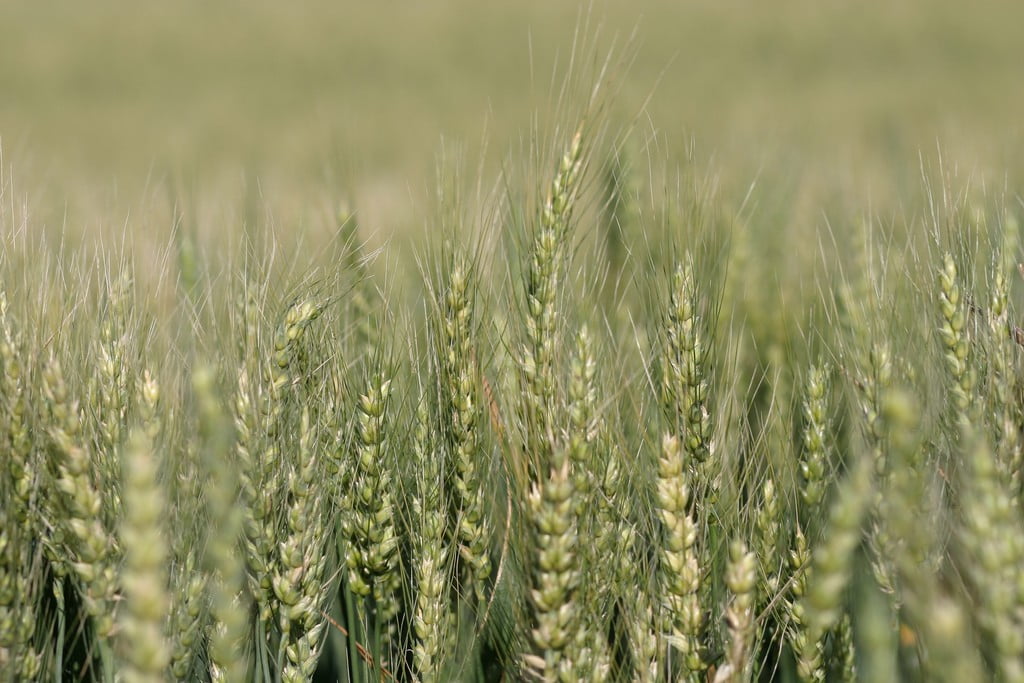Unlike other types of insurance, crop insurance is dependent on established dates that apply to all policies. These dates are determined and published by the Risk Management Agency (RMA). Dates vary by crop and by county.
An important date to be mindful of is your end of insurance date, or period. Losses must occur prior to this date, because after this date passes your crop is no longer covered. Losses must also be reported within a specific timeframe, or period, after your end of insurance date.
We recommend turning in any and all potential claims as soon as you discover them. You will enter a claim situation sooner, and it is easier for us to withdraw a claim than to open a late claim.
[hr_invisible]
End of Insurance Dates
Typically, a written notice of damage or loss of production for each unit is to be filed within 72 hours of the initial discovery, but not later than 15 days after the end of the insurance period, unless otherwise stated in your individual crop policy. The end of insurance period for your crop is going to be one of two dates, whichever is earlier:
- The date the crop was harvested, or
- The specified end of insurance calendar date noted below:
| Dry Peas | September 30 |
| Potatoes | October 15 |
| Forage Production | October 15 |
| Barley & Wheat | October 31 |
| Dry Beans | October 31 |
| Canola, Flax & Rye | October 31 |
| Sugar Beets | November 15 |
| Sunflowers | November 30 |
| Soybeans | December 10 |
| Corn | December 10 |
[hr_invisible]
What happens next?
After the insurance provider receives the written notice of damage or loss, it will be processed and, if necessary, a loss adjuster will be sent to inspect the damaged crop and gather pertinent information concerning the damage claim.
If the policyholder wishes to destroy or not harvest the crop, the loss adjuster will gather the appropriate information, conduct an appraisal to establish the crop’s remaining value and complete any forms needed. If the crop has been harvested or will not be harvested by the end of the insurance period, and the policyholder wishes to file a claim for indemnity, the loss adjuster will gather the appropriate information and assist the policyholder in filing the claim for indemnity. It is the policyholder’s responsibility to establish the time, location, cause, and amount of any loss.
If you do not agree with an adjuster’s measurement of stored grain, you can elect to delay the settlement for up to 180 days, allowing time to haul the commodity and use tickets to finalize the claim. This option must be known as soon as possible following the initial measurement.
[hr_invisible]
What can policyholders do to expedite the claim process?
- Be organized.
- Submit your claim for indemnity on time. The Common Crop Policy places strict limitations on an Insurance provider’s ability to pay any claim that is not submitted in a timely manner.
- Keep production records separate by unit. Even if you have enterprise unit structure production needs to be kept by individual units.
- As much as possible have written third party verification of yield history available.
- Cooperate with the adjuster in the investigation or settlement of a claim.
Source: Risk Management Agency

